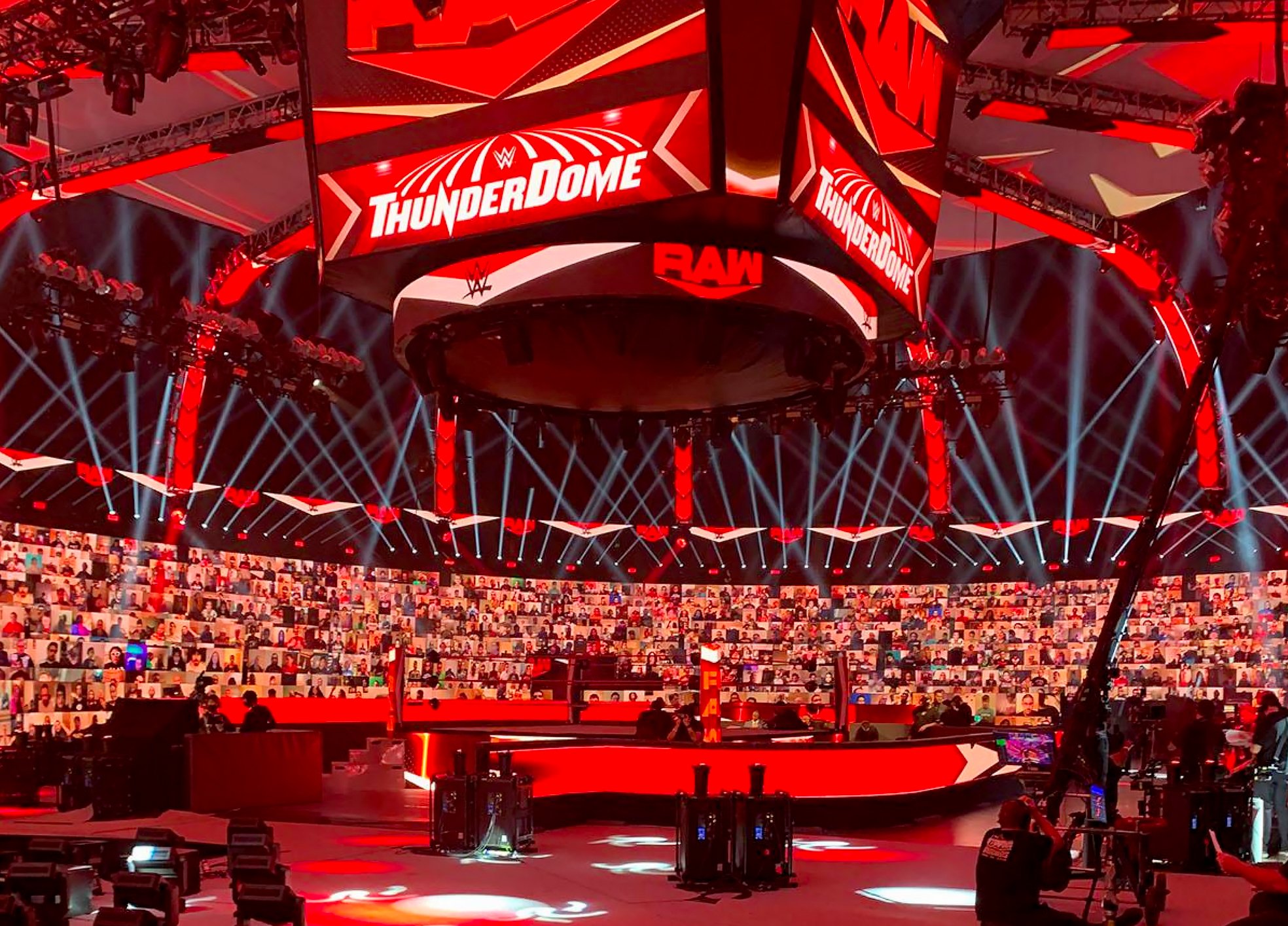How LiveSwitch Enables Broadcast Quality Sub-Second Live Streaming
Adam Jones
Oct 14, 2022 1:21:41 PM


Broadcasting a high-quality stream is important, no matter the scenario. But being able to stream live, sub-second content becomes a necessity when audience interaction is desired. This could mean filling studios and stadiums with the voices of global fans, synchronizing interaction with teams and hosts, or dynamically adjusting the narrative to meet real-time reactions through a visual sample of the audience. The tighter this feedback loop becomes, the more naturally flowing and desirable your broadcast becomes.
LiveSwitch Hybrid Architecture greatly reduces latency and eliminates lag-induced spoilers in a live experience - no matter what kind of streaming viewers are participating in. We can get down to 0.1 sub-second latency. LiveSwitch is that fast.
Backstopped by WebRTC, LiveSwitch can deliver live, interactive, two-way experiences to huge audiences. WebRTC is a streaming protocol provided out-of-the-box by Google, Mozilla, Apple and Microsoft browsers; paving the way for broad adoption with a worldwide reach.
LiveSwitch extends this reach beyond the browser, supplying compatible client SDKs for .Net, Android, iOS, and Unity. Enthuse your audience with a 3D engine scene before hot-swapping your broadcast to excited selfie streams direct from users' mobile devices. Take advantage of the real-time stream and moderate the content live without adding perceptible delays, maintaining excitement and consistency for your audience.
It takes more than audio, video and data streaming.
Getting all of these devices to communicate with each other takes more than the streaming of audio, video or data. We first gather a users’ ICE (Interactivity Connection Establishment) Candidates to determine our available options to connect their streams. Firewalls are the biggest inhibitor and we navigate these via STUN (Session Traversal Utilities for NAT) and TURN(S) (Traversal Using Relays Around NAT). STUN Servers provide a requester with its local and public IP addresses. While TURN Servers are used as an intermediary relay of the data when direct connection isn’t possible.
LiveSwitch Media Servers use embedded TURN(S) Servers to reduce the hops required to stream data, increasing the speed it is distributed.
With ICE Candidates in hand, LiveSwitch Gateway servers assist with SDP negotiations, a process through which devices on each end of the stream set out their preferences and determine the most efficient connection.
When needed, LiveSwitch Media Servers use optimized transcoding algorithms to allow devices with differing encoding capabilities to maintain communication with sub-second latency. For example, you can stream from one browser using VP8 encoding and receive the same feed across several devices needing VP9 or H264 video. The Media Server is there to do all the heavy lifting, freeing up valuable resources on mobile devices.
When is ultra-low-latency streaming desirable?
When your application requires two-way interaction, immediacy becomes a key factor. This is what keeps a conversation flowing or allows users to channel their ongoing reactions into 3D avatars via data streams. Being part of an event or experience as it happens is what builds human connection, making virtual engagement come naturally.
What impacts can the distribution of the user base have on latency and how does LiveSwitch solve that?
LiveSwitch is capable of deploying alongside your users within an office space or to a Cloud Platform region central to your connections. Our regionality (or server geo-distribution) also lends itself to high-quality connections. Media servers in one region can cluster with media servers in another region over high-speed backbone networks. The regional distribution of servers is one of the ways we can create low-latency connections between clients and servers and ensure you maintain the best user experience.
Streaming large events live to the world can be nerve-wracking, but it certainly doesn’t have to be. There are solutions for event support and dedicated resources to ease those worries, allowing you to focus on your event. Find out more about real-time, sub-second broadcasting and the benefits of two-way interaction.